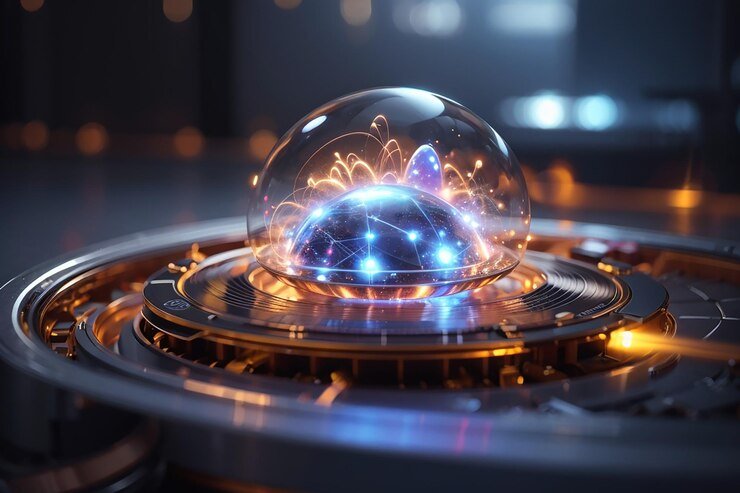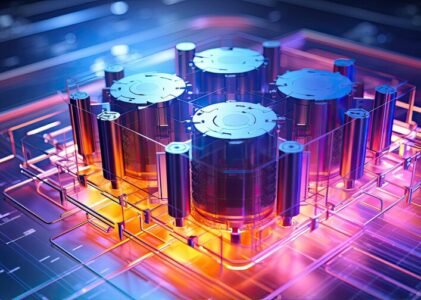Earlier, we discovered how superconductors work on the formation of cooper pairs by electrons that get attracted to the local disturbance created by the positively charged particles of the atom, or, more specifically, the protons. Now, we’ll be trying to explain this weirds phenomena, in detail.
WHY DOES A COOPER PAIR CONTINUE TO FLOW?

Because of low temperatures, the electrons continue to flow through the conductor because the atoms still are in a low energy state. therefore, they aren’t too hot for the electrons to be attracted towards them again. Also, the cooper pairs are formed because the electrons are far away from each other, in order to overcome the electron-electron repulsion, causing them to pair up.
Since the cooper pairs are bosons with integral spin values (which is zero or one), they can overlap with one another.
Again, this system is highly volatile and unstable, because slight fluctuations in temperature may cause the atom to attain a higher energy state, causing for electron-atom collisions and further leading to attraction between protons and electrons, thereby nullifying the effect which was created by the cooper pairs. Such “nullification” leads to the breaking of the cooper pairs and we get “normal electric current” (:D)
HOW DO THEY FLOAT ABOVE MAGNETS?

At temperatures close to absolute zero, the magnet below the superconductor starts to produce what is known as the Eddy current. This Eddy current causes the electrons of the magnet to flow in an order which “mirrors” the way in which the magnet is producing it’s magnetic fields. This causes the magnetic field lines to essentially “cancel out” due to magnetic interactions of field lines.
Superconducting substances exhibit the Meissner Effect, in lieu of which they expel magnetic fields, instead of absorbing it. Therefore, the opposite currents so created are repelled by the magnetic field of the magnet, causing it to levitate.
Therefore, superconductivity is a purely quantum phenomena, governed by quantum effects.
However, such theories fail to explain high-temperature superconductivity, which is yet to be achieved.


